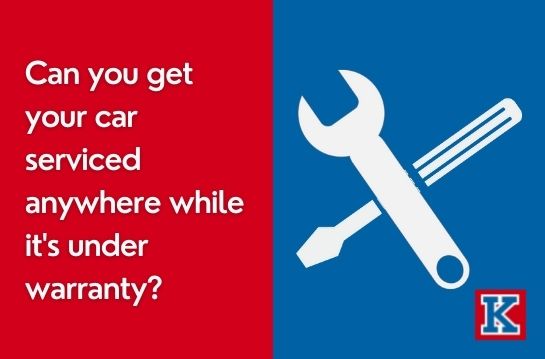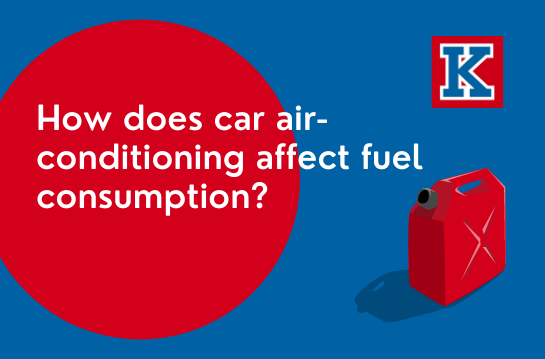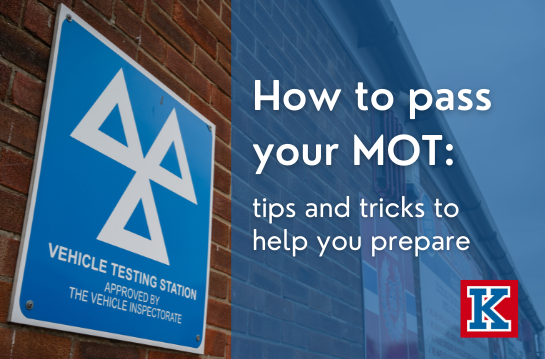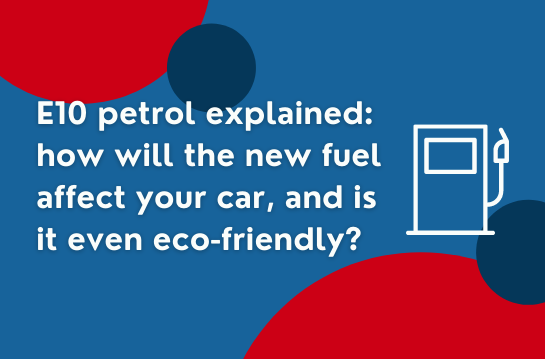
So, you’ve not long purchased a new car and you need to get it into the garage for a service. You don’t want to pay an arm and a leg to the main dealer, but what choice do you have? Turns out, quite a lot.
According to an agreement called the European Union Block Exemption legislation (and, yes, this does still stand in the UK, despite us leaving the EU):
- Car makers in the UK cannot force a buyer to have their vehicle serviced by their official dealership
- A car under warranty needs to be serviced using approved parts only…
- …and must be serviced in accordance with the manufacturer’s guidelines, adhering to a set schedule
- If your car requires repair work for failed parts under its new car warranty, the manufacturer has the right to insist that this work is undertaken by its official dealerships – they are paying for the repair, so this is fair.
It is completely up to you where you take your new car for its service. If you do choose to turn your back on the main dealer and search for a more affordable option, make sure you choose a reputable organisation; one with professional, qualified technicians to do the job.
Most importantly, make sure you have your service book stamped, ensure you keep records of any work done and insist that approved parts and lubricants are used in any repairs, as this is one of the requirements to ensure your car remains under warranty.
Although this is a regulation put in place by the European Union, and the UK is no longer part of this, a spokesman for the Society of Motor Manufacturers and Traders (SMMT) said, “…we don’t see anything changing in that respect for the foreseeable future.”
“It’s important that you follow the manufacturer’s guidelines concerning service intervals, such as one year or 10,000 miles, and you must use the approved parts. But otherwise, you can’t be forced to use a dealer’s workshop for your car’s service.”
At K Brown Auto Repairs, we use up-to-date, recognised software to determine a vehicle’s service schedule and the relevant parts to use. We have fully trained technicians at both our garages. Any work undertaken by mechanics-in-training will be closely monitored by fully proficient members of staff to ensure a high quality of work is maintained.
Is your car due a service?
Call us at our Hunstanton or King’s Lynn garage to book.




